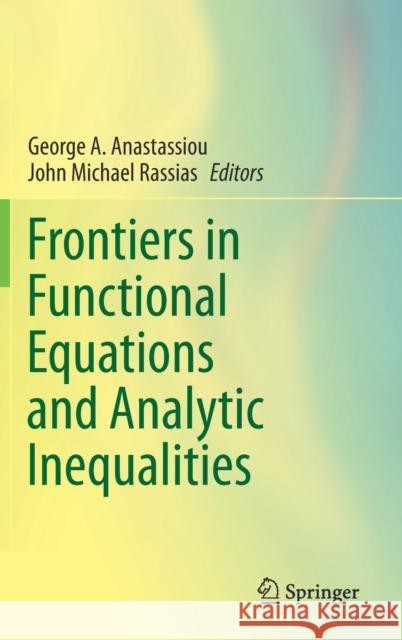Frontiers in Functional Equations and Analytic Inequalities » książka
topmenu
Frontiers in Functional Equations and Analytic Inequalities
ISBN-13: 9783030289492 / Angielski / Twarda / 2019 / 753 str.
Frontiers in Functional Equations and Analytic Inequalities
ISBN-13: 9783030289492 / Angielski / Twarda / 2019 / 753 str.
cena 403,47
(netto: 384,26 VAT: 5%)
Najniższa cena z 30 dni: 385,52
(netto: 384,26 VAT: 5%)
Najniższa cena z 30 dni: 385,52
Termin realizacji zamówienia:
ok. 22 dni roboczych.
ok. 22 dni roboczych.
Darmowa dostawa!
Kategorie:
Kategorie BISAC:
Wydawca:
Springer
Język:
Angielski
ISBN-13:
9783030289492
Rok wydania:
2019
Dostępne języki:
Ilość stron:
753
Waga:
1.23 kg
Wymiary:
23.39 x 15.6 x 4.14
Oprawa:
Twarda
Dodatkowe informacje:
Wydanie ilustrowane











